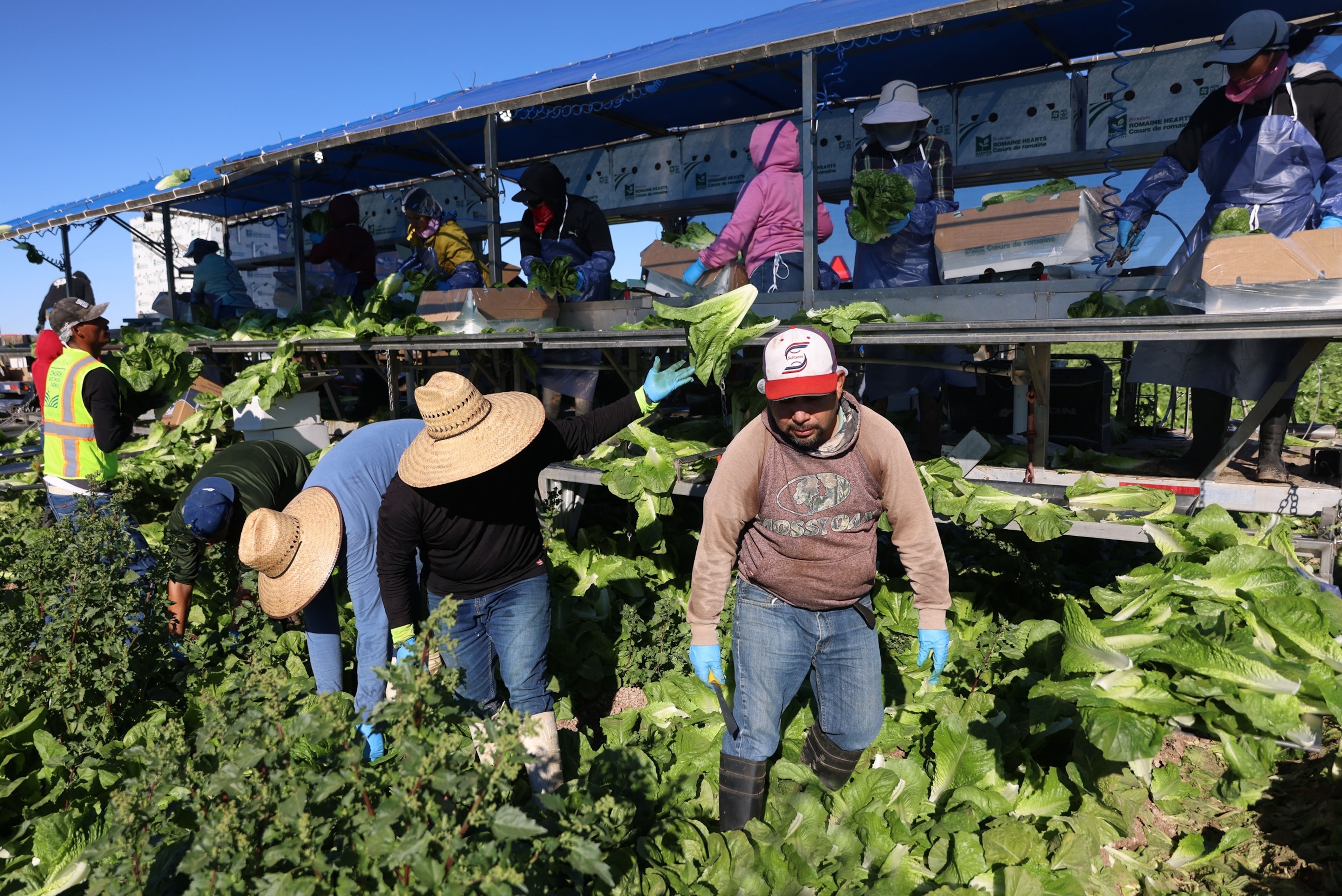The sharp rise has left both experts and shoppers asking the same question. Are President Donald Trump’s new tariffs to blame, or are other factors driving the unexpected surge in produce costs?
Analysts say it is too soon to give a simple answer. Some point to tariffs as a likely factor, while others warn that weather problems and labor shortages may be playing an equal role.
“This could be the impact of tariffs,” said David Ortega, a food economist at Michigan State University. “But it could be a whole host of things,” he explained in an interview with ABC News.
Trump’s tariffs were announced earlier this year, targeting a range of imports. The United States imports more than one third of its fresh vegetables, according to U.S. Department of Agriculture data. That heavy reliance makes the category especially exposed to global trade policies.
Importers of perishable produce face a special problem. Unlike retailers of toys or clothing, they cannot stockpile vegetables ahead of tariffs, since fresh goods spoil within days or weeks.
At the same time, tariffs have not yet been passed along to most consumers. Federal data shows prices that shoppers pay for vegetables stayed flat between June and July, despite the sharp spike at the wholesale level.
Over the past twelve months, vegetable prices for households rose only 0.2 percent. That is far below the overall inflation rate of 2.7 percent, which itself remains under the level when Trump entered office.
Tufts University food economist Parke Wilde urged caution in blaming tariffs too quickly. “People are really curious about when tariffs are likely to have consequences for consumers. But I don’t want to jump the gun,” Wilde said.
The administration insists tariffs are not hurting Americans. “Tariffs have not caused inflation, or any other problems for America,” Trump wrote this week on social media. He added that “consumers aren’t even paying these tariffs, it is mostly companies and foreign governments.”
Still, some restaurant companies are already feeling squeezed. Salad chain Sweetgreen partly blamed tariffs for a 3.6 percentage point drop in profit between April and June, compared with the same period a year earlier.
Beyond tariffs, weather conditions may have hit supplies. Droughts, floods, or other disruptions often send agricultural prices soaring. A recent rise in coffee prices shows how fragile the food supply chain can be under climate stress.
Coffee prices rose more than 14% over the past year, according to U.S. Bureau of Labor Statistics data, after droughts hit Brazil and Vietnam, two of the world’s biggest coffee growers. Analysts say vegetables could face similar weather risks.
Another factor is labor. The Trump administration has tightened immigration rules, removing Temporary Protected Status for hundreds of thousands of immigrant workers and staging workplace raids. Agriculture depends heavily on this workforce.
Two-thirds of farmworkers say they are non-citizen immigrants, according to a KFF analysis of a U.S. Labor Department survey conducted in 2022. Shortages in the fields mean higher wages for those who remain, costs that often get passed up the chain.
“There have been a lot of immigration raids across the country,” Ortega said. “Those could be impacting workers wanting to go into the field to harvest. That could drive labor costs up.”
Farm labor shortages can also lead to crops going unpicked, further straining supply. In some regions, growers have already reported leaving produce in fields because of a lack of available workers.

In June, Trump told Fox News that the administration was working on a permit program that could allow some immigrant farmworkers to keep legal status. But many remain uncertain about their future.
For now, shoppers are safe from the wholesale spike. Grocery store prices have yet to move, and overall food inflation remains modest. But analysts warn that may not last if wholesale pressures persist.
“If wholesale prices stay elevated for a few months, we would expect consumer prices to climb as well,” Wilde said. He added that increases could exceed ten percent in that case.
That kind of rise would hit households across the country, since vegetables are a staple in both grocery carts and restaurants. A jump in salad and side dish prices could be felt quickly.
The latest figures arrive as Americans already face higher costs on many imported goods. Whether vegetables join that list will depend on how long the current surge lasts, and what is driving it.
Experts continue to watch the numbers closely. Some say tariffs are a major factor, while others stress that weather, supply chains, and labor all share the blame. The next few months may tell the story.
For now, the price shock remains at the wholesale level. But if costs stay high, the surge could soon trickle down to the checkout line, bringing the debate over tariffs directly into American kitchens.














